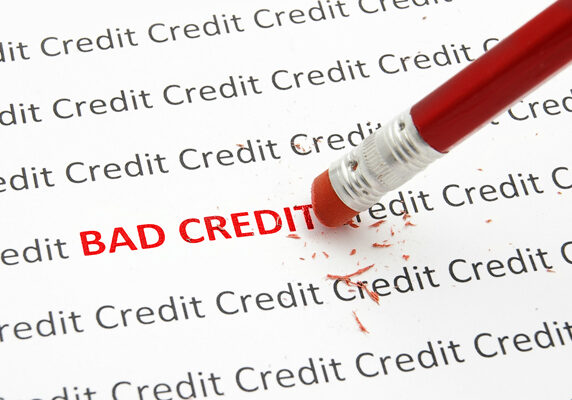
When you’re stressed about debt, concerned about making your monthly payments, or dreading each and every phone call, it is time to start thinking about getting things fixed up. However, credit repair in Canada can be somewhat confusing, so today we’re hoping to clear some of that confusion up.
Part of dealing with bad credit is understanding your credit report. Your credit report details all of your credit activity. It is this activity that lenders use to determine whether or not you represent reasonable risk when it comes to lending.
On your credit report, each institution you have borrowed from registers a rating. This is assigned a letter: I for loans and R for revolving credit, such as credit cards. A number is also registered – 1-9 – based on how you make your monthly payments – 1 being the best, 9 being the worst.
- A 1-5 rating represents 1-5 months in arrears. 1 means you’re up to date, whereas 5 means that you are 5 months behind. This isn’t bad. If you pay up to date when a 5 is listed, you will return to a 1.
- A 7 rating means that you are in a consumer proposal, consolidation order, or debt management plan.
- 8 signifies repossession.
- A 9, as mentioned, is the worst. It means that you are more than 180 days in arrears and it represents a bad debt write off: a bad debt placed for collection or considered un-collectible, or you are bankrupt. This you can’t fix by paying up to date.
Once you have a bad debt write off, this stays on your credit report for 7 years, and this is from the date your credit report was last updated by your creditor – not from the point where default occurred.
If you are loaded in debt, can’t maintain minimum payments or at minimum payments will never get it paid off, it may be time to consider other financial options.
Bankruptcy is one. Bankruptcy stops collection and enforcement action and it stops interest on your debt. Bankruptcy is on your credit 6 years from when you are discharged, so you will have an official end date. A consumer proposal is also a viable idea – it can stop collection action and interest.
Obtaining a loan is also another important option. Many creditors will loan to you again with 1-2 years of rebuilt credit, even after bankruptcy. A personal loan is better credit-wise, and can actually help when it comes to credit repair in Canada as it works towards rebuilding. Just be sure that you are careful when choosing an institution. Some companies will attempt to take advantage of those with bad credit. Not all are created equal.
At Prudent Financial, we understand how difficult it can be to rebuild your credit. Credit repair in Canada is critical if you want to create a stable financial future. We can help you understand your finances, explain your financial options and help you rebuild your credit.
Call us today at 1-888-852-7647.
